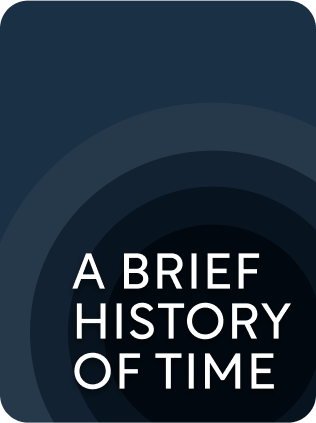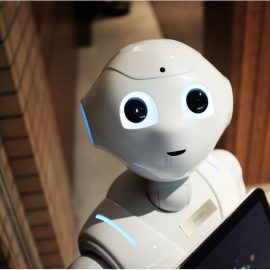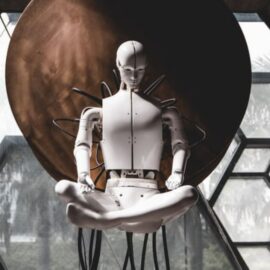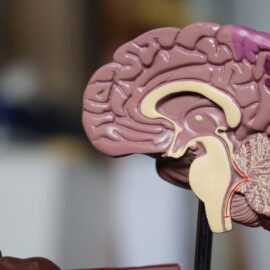

This article is an excerpt from the Shortform book guide to "A Brief History of Time" by Stephen Hawking. Shortform has the world's best summaries and analyses of books you should be reading.
Like this article? Sign up for a free trial here .
What is wave-particle duality? How does it affect the theory of relativity?
Physicist Stephen Hawking discusses the wave-particle duality, explaining how small particles act like both particles and waves. Because of this duality, general relativity doesn’t accurately model the behavior of small particles. Hawking describes the famous double-slit experiment, which demonstrates that particles act like waves.
Keep reading to learn about wave-particle duality.
The Wave-Particle Duality of Matter
What is wave-particle duality? Hawking explains that small particles exhibit this phenomenon, which means that in some ways they act like particles, traversing distinct paths, but in other ways they act like waves propagating through space. The theory of relativity can only model particles as objects that follow deterministic paths through space, so it doesn’t take into account the wave part of their nature.
As an example of particles acting like waves, Hawking describes the famous double-slit experiment. In this experiment, a shield with two parallel slits in it is placed in front of a detector screen. Particles of matter or energy, such as photons or electrons, are fired at the screen. This results in an interference pattern (or alternating bands of light and dark) showing up on the detector screen, because the two slits act like two separate wave sources: Where the crests of both waves line up, they add to each other, and more light registers on the detector screen. Where the crest of one wave lines up with the trough of the other, they cancel each other out, and less light registers on the detector screen. Hawking observes that the interference pattern appears even if the particles are fired only one at a time. This implies that every single particle goes through both slits at once, like a wave.
(Shortform note: To visualize how a wave passes through both slits at once, imagine a beach with a sea-wall protecting a swimming area. There are two open gates in the wall. An ocean wave rolls in and hits the wall, passes through the two gates, and fans out inside the swimming area.)
The interference would not happen if the particles acted like solid objects that can pass through only one slit or the other. General relativity doesn’t accurately model the behavior of small particles because it doesn’t allow for modeling wave interference between objects.
| Modern Wave-Particle Duality Experiments Since the publication of the book, scientists have repeated the double-slit experiment not only with subatomic particles, but with various atoms and even large molecules. Performing the experiment with whole molecules is challenging, because you need a source of particles that have uniform mass and velocity. To achieve this, researchers start by heating a very pure sample in a special container with a vent that directs a jet of vapor into a vacuum chamber. In the vacuum chamber, the molecules follow curving paths due to the pull of gravity, and the exact curvature depends on their velocity. Thus, all the molecules that impact the far wall at a certain elevation have the same velocity. A slit in the wall allows the molecules with the desired velocity to continue into the chamber housing the double-slit experiment. In this way, researchers have tested molecular compounds containing over 800 atoms per molecule and have found that even these molecules show interference patterns consistent with wave behavior. |

———End of Preview———
Like what you just read? Read the rest of the world's best book summary and analysis of Stephen Hawking's "A Brief History of Time" at Shortform .
Here's what you'll find in our full A Brief History of Time summary :
- The search for a theory that explains the history and evolution of our universe
- Stephen Hawking's discussions about time, space, dimensions, and quantum theory
- How time travel would theoretically work






